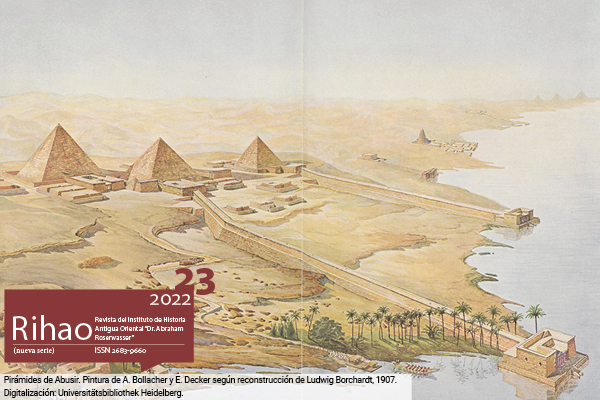King of Babylon, king of the World: Nebuchadnezzar II as a model of universal kingship in Seleucid Mesopotamia
Abstract
The idea of universal kingship is a frequent feature in the ideology of large, ethnically and culturally heterogeneous polities due to its capacity to organize the relationships between the imperial elite and the various local elites in a hierarchy. This conception can also be traced throughout the Hellenistic period, especially in the discursive elaborations produced by the Seleucids. Indeed, Greek and Babylonian sources reveal that a model of universal kingship based upon the image of Nebuchadnezzar II emerged under the Seleucid rule. This paper suggests that such model resulted from the interaction between the imperial elite and the priestly elite of Babylonia: the central administration aimed to maintain its domain, while the priests tried to incorporate themselves into the ideological frame of the empire through manipulation of their historical memory. However, when compared to the kingship model that Nebuchadnezzar offered in his inscriptions during the Neo-Babylonian Period, the Seleucid model presents evident discrepancies. As will be shown, this can be explained by alluding to the different sources of legitimacy of royal power that underlie each model.Downloads
Download data is not yet available.
Published
2022-12-16
How to Cite
Martin Parra, E. (2022). King of Babylon, king of the World: Nebuchadnezzar II as a model of universal kingship in Seleucid Mesopotamia. Revista Del Instituto De Historia Antigua Oriental ’Dr. Abraham Rosenvasser’, (23). https://doi.org/10.34096/rihao.n23.12308
Issue
Section
Artículos





.jpg)







